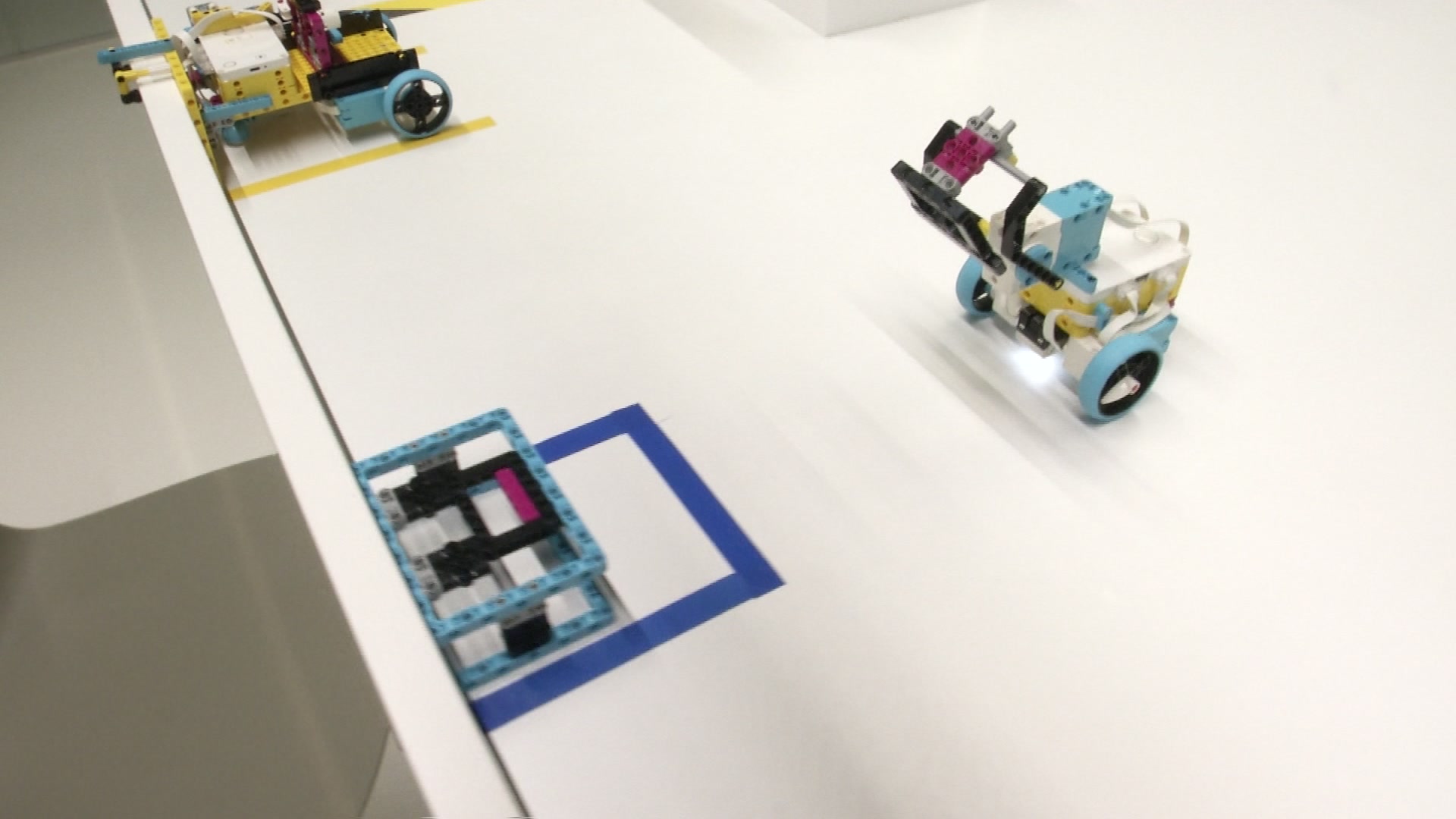Boom of low beers or not alcohol (+13.4%) but the consumption of traditional ones falls: what the Z generation wants and why

According to the Annual Report of Assobirra, the soft drinks are driven by the greater awareness of those who drink and love from 53% of the Z generation. The consumption of traditional beer is instead falling by 4.5%
The consumption of low alcoholic beer is growing while reducing that of the classics. According to what emerges fromAnnual Report 2024 of Assobirra, Low and no alcohol drinks are constantly increasing in consumption since 2020, with a forward shot of +13.4% in 2024 which led them to represent 2.11% of the total drunk compared to the 1.86% recorded in 2023. This growth is combined with a decline in traditional beer consumption of 4.5% in the last two years (even if the data show a slight recovery from the beginning of 2025) and arrives in a country, Italy, where last December the Ministry of Agriculture also authorized the production of Dealcolated winesthat is, with a alcohol rate of less than 8.5 degrees or without alcohol, products that can be called « Wine » even with a very low or zero alcoholic content.
The perception of dealcolate beers
According to a BVA Doxa investigation published by the first 2024 beer information center, 79% of consumers know low and no alcohol beers and 67% tasted them, with an opinion between the « like » and the « I like very much » which stands at 48%. Beer lovers say they prefer the non -alcoholic variants for 35% of consumer opportunities and the peak of the admirers is in the Z generation, which for 53% declare that they appreciate the aromatic profile of low alcohol content beers. Second Federico Sannella, vice -president of Assobirra with delegation to ecological transition and sustainability, It is not just a matter of trend. « We are witnessing increasingly aware, sustainable and well -oriented consumer choices – says Sannella – drinking low and no alcohol is a mature and responsible decision, also supported by the continuous evolution of product innovation, which makes this option not only healthy but also tasty and appreciable today ». There would then be concretely positive factors in the change of choice. «Entrochor beer – he explains Ombretta Marconi, director of the Research Center for the excellence of beer (Cerb) – naturally contains all antioxidant substances coming from hops, the B vitamins he is minerals which are also found in traditional beer, with in addition the undoubted advantage of the absence of the alcoholic component ».
The new trends
While the segment Low and no alcohol It grows double -digit, the overall beer market in Italy shows contrasting signals. In an increasingly oriented European context towards restrictive policies against alcoholic beverages, Italy is the 37th European country (out of 46) for per capita consumption of alcohol – with less than 7 liters against 10 in France or 11 of Germany. Health policies are accompanied by trends. For example, the WHO in Europe introduced the « Redifine Alcohol » campaign, listing about 200 diseases and injuries that can arise from alcohol consumption. In this scenario, soft beers and low alcoholic content They are perceived by the consumer as healthier, more digestible and less caloric, responding to the needs of an audience more attentive to well -being but not willing to give up the pleasure of taste.
It is also in this direction that he is looking at research of the sector in Italy. The Cerb, founded in 2003 through a collaboration agreement between Ministry of Research, Ministry of Agriculture, Assobirra and the University of Perugiais directing one’s experience « to the development of innovatives non -alcoholic beer prototypes characterized by a peculiar sensory profile and a strong link with the territory ».
The data of the Assobirra report
The growth of this segment, however, fits into a phase of change for the sector, which attributes the flexion in consumption to a perfect storm: from inflation to economic stagnation, from the increase in production costs up to Two increases in excise duties in 2023 and 2024. A complicated picture, confirmed by the Annual Report 2024 of Assobirra, according to which the taxation It affects for about a third on the final price paid by the consumer. There weakness of the purchasing power of consumers It is one of the first factors that push the consumption below. « Several elements of uncertainty have contributed to the creation of this situation, weighing on the feeling of trust of families: from pandemic to international conflicts, to the protectionist policies announced by the United States », Fedele De Novellis, senior economist of REF research, explains among the authors of the study. The purchase of beer affects more on lower income families, with an elasticity of the demand in relation to the price that is the greater the lower the family income is. The sector in our country is worth 10.6 billion euros, equal to 0.51% of the national GDP, and the sector, which today occupies almost 110 thousand operators about 1,000 companiesis reacting to the crisis with investments estimated at 100 million euros per year.






